Ihr Warenkorb ist derzeit leer!
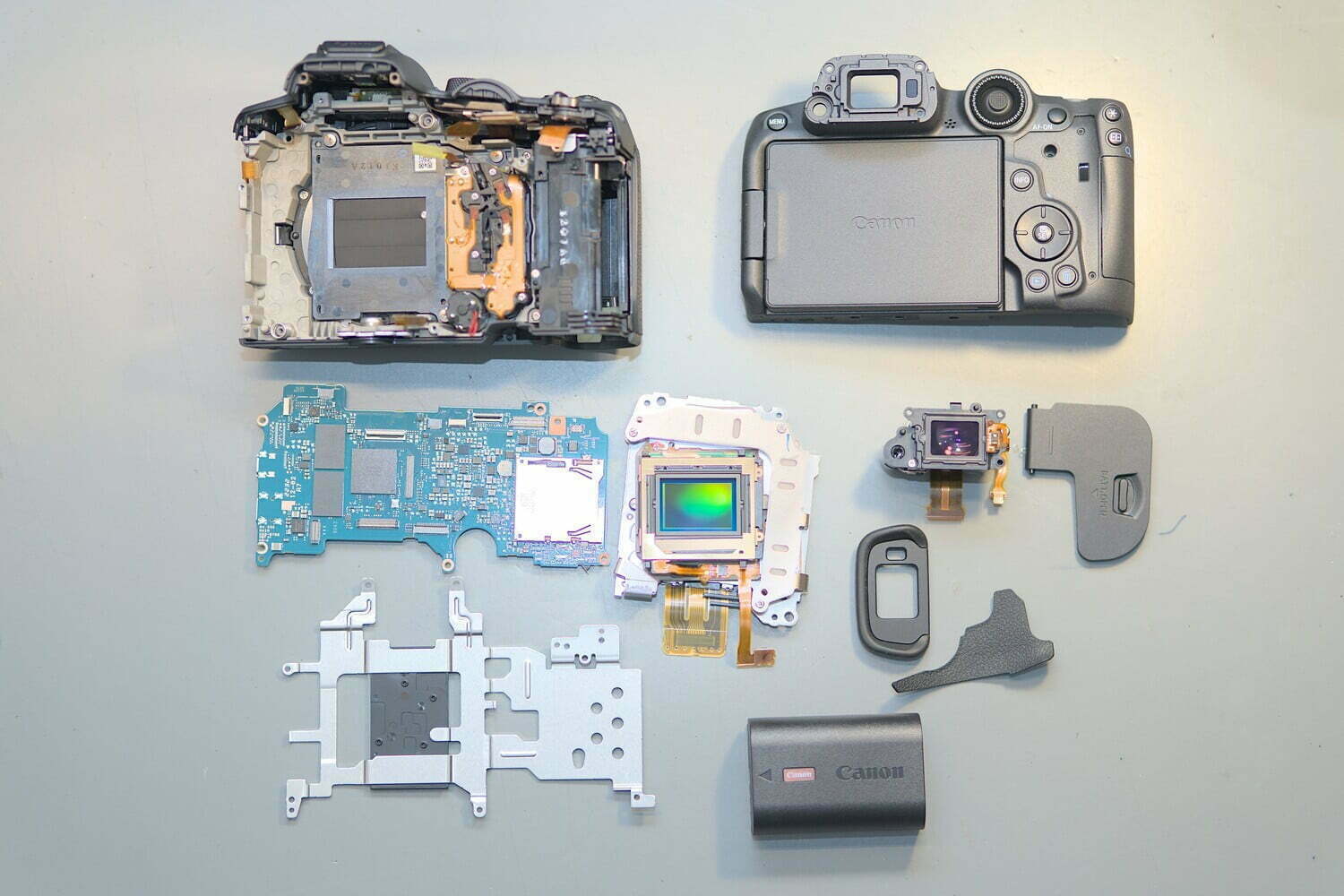
Insider: Canon EOS R7 Disassembly and Teardown
In May 2022, Canon introduced the EOS R7, the first APS-C camera in the relatively young R system. The camera sensor has a resolution of 32.5 megapixels and is moving - the manufacturer promises 7-stage image stabilisation. On the data sheet, it is a very powerful, small camera with many functions and great ergonomics. But what does it look like under the hood and, above all, how suitable is it for infrared photography?
Important:The camera has been modified by routined professionals, please do not attempt to do this at home. This article is not a guide and there will be no assistance from our side to convert your camera. If you do decide to open your camera, IRreCams is not responsible or liable for any damage or problems resulting from your actions.
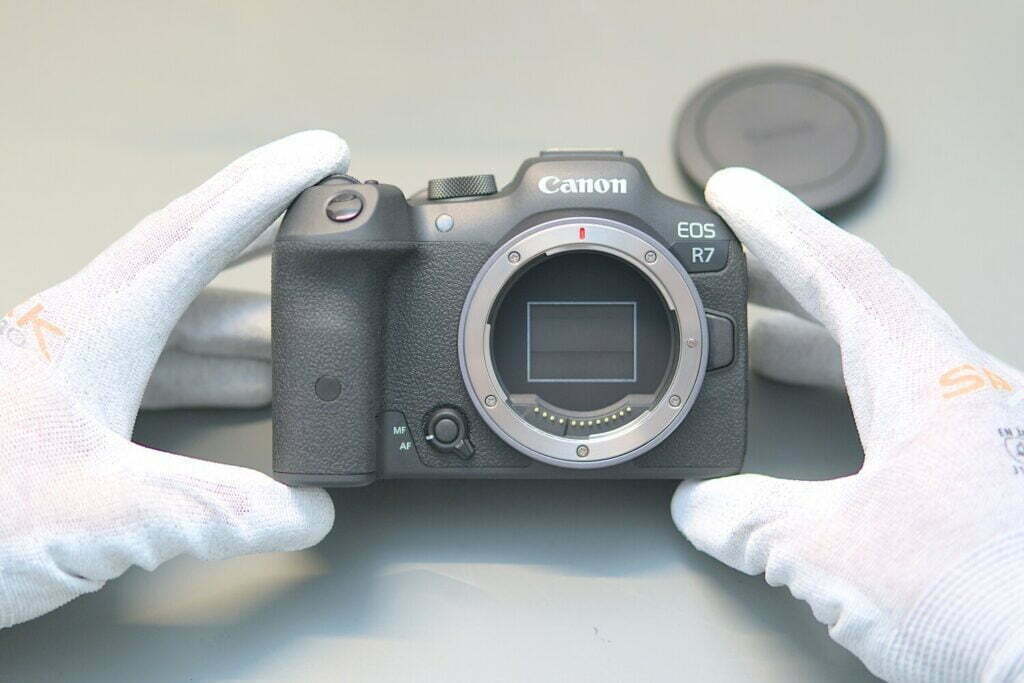
Disassembly and Teardown of the camera
From the outside, you can quickly spot several screws on the body. Especially at the bottom and in the battery compartment, these must first be removed.
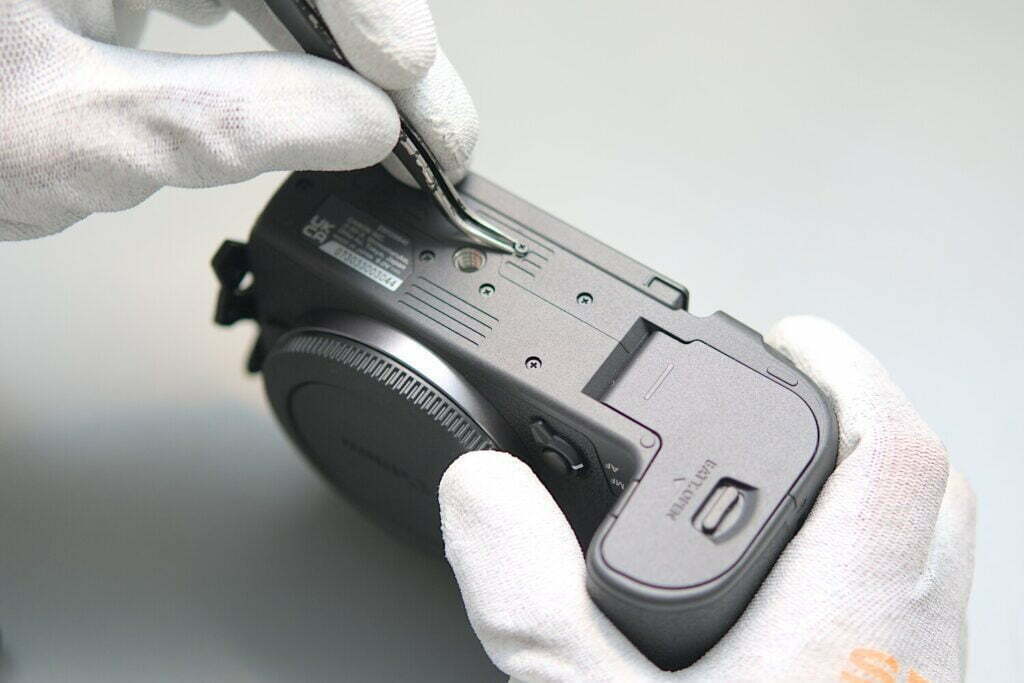

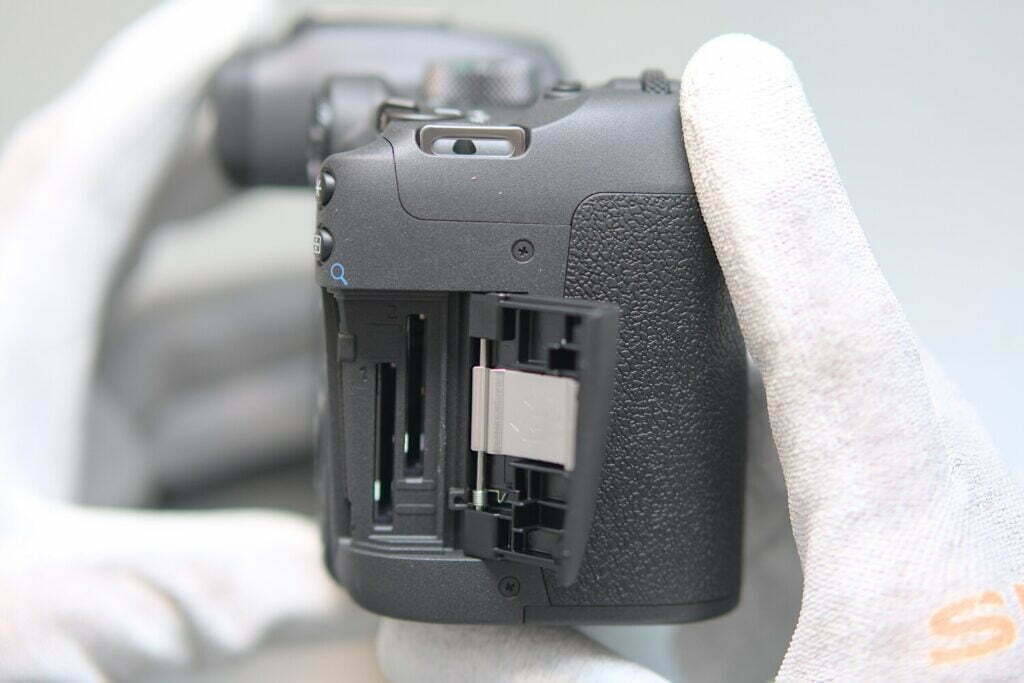
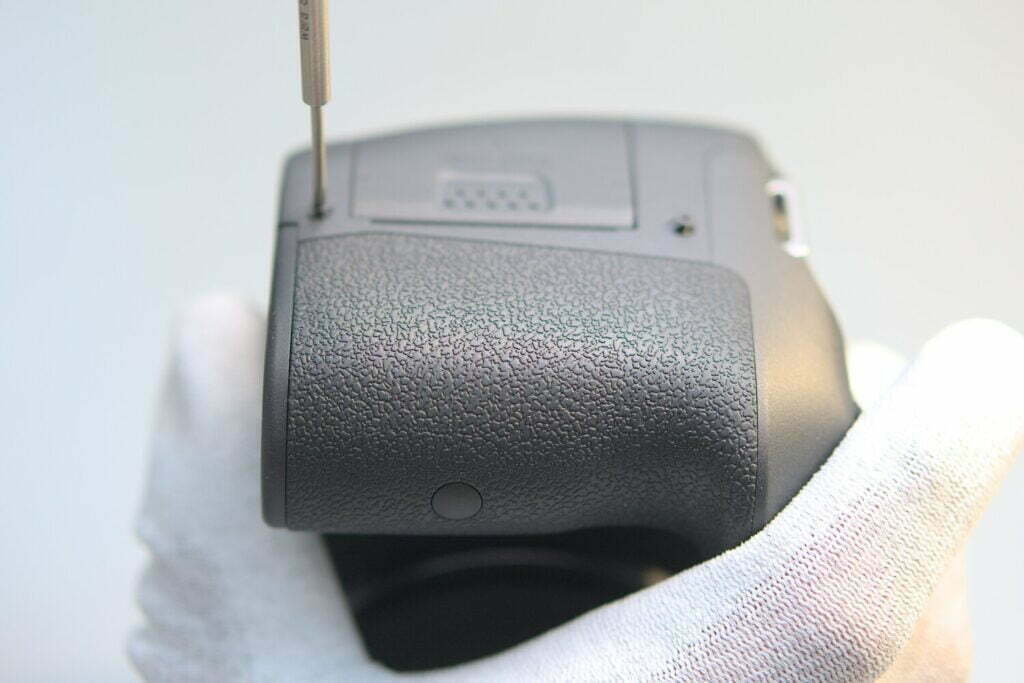
The eyepiece is a little more complex in design, first the eyecup must be removed before the screws are exposed.

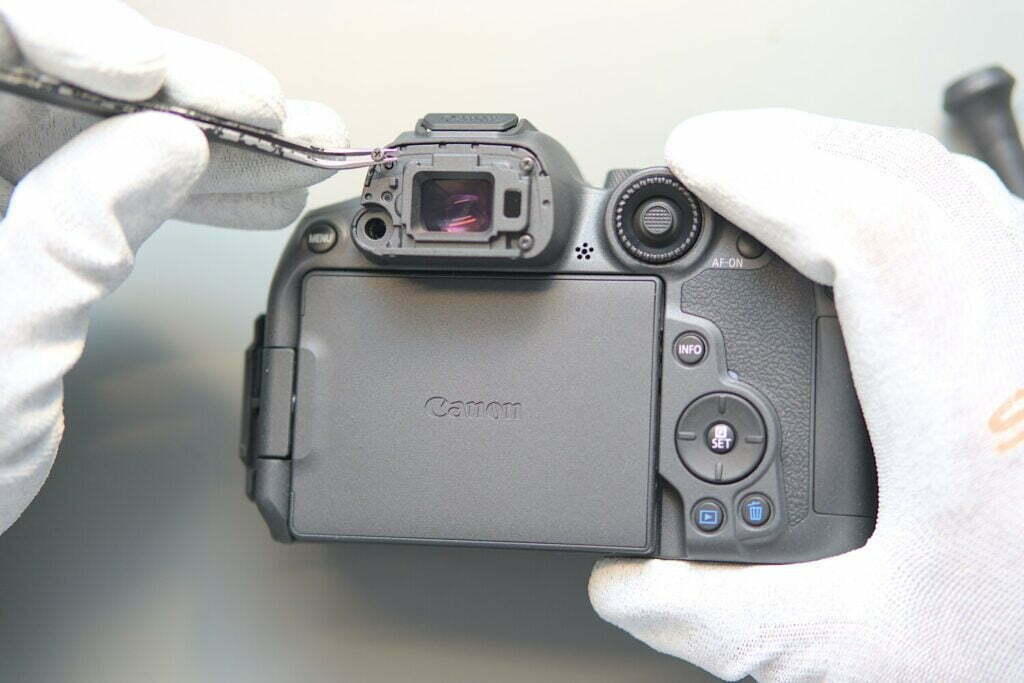
Of course, not all screws are immediately visible; one is hidden under the thumb rest, for example. Now the rear shell with the articulating display can be carefully removed.
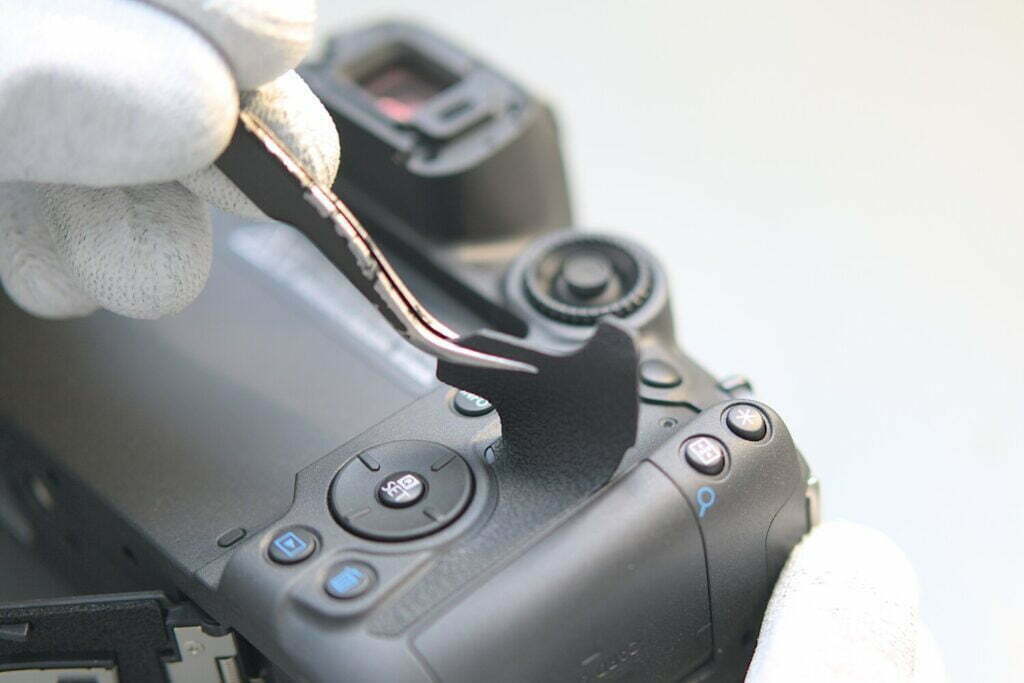
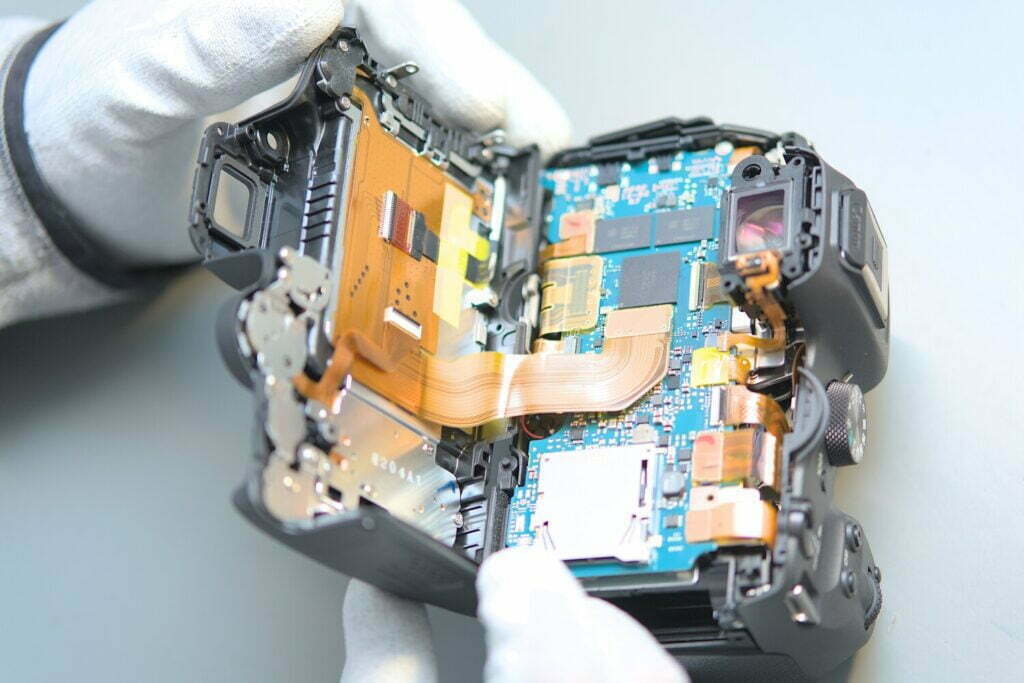
As usual, the main board and the electronic viewfinder must now be removed. To do this, all cables and screws must first be removed.
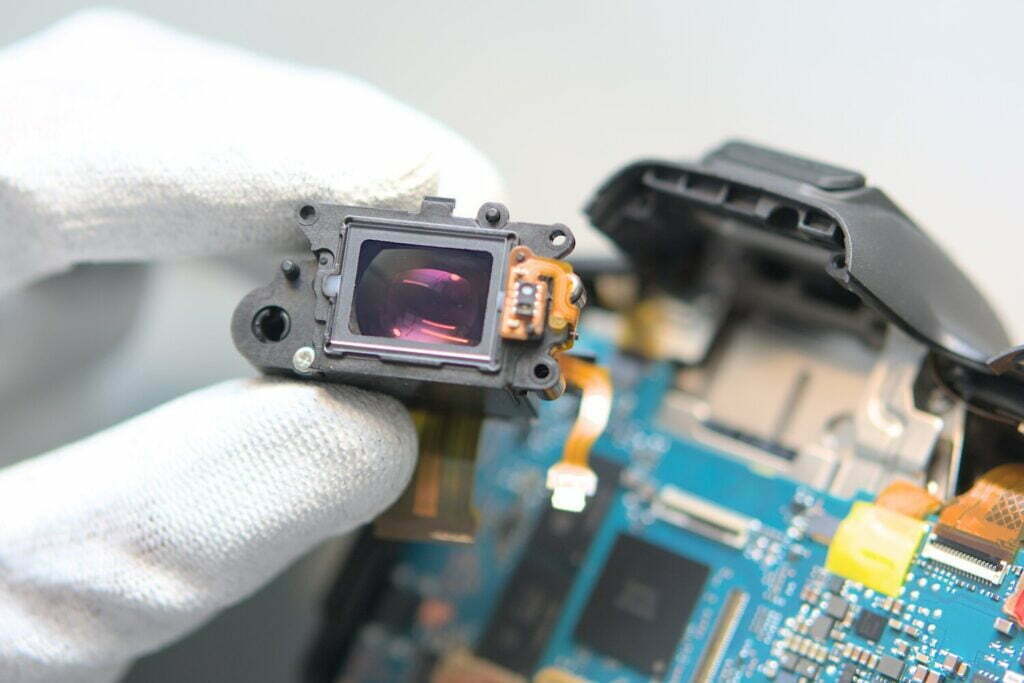
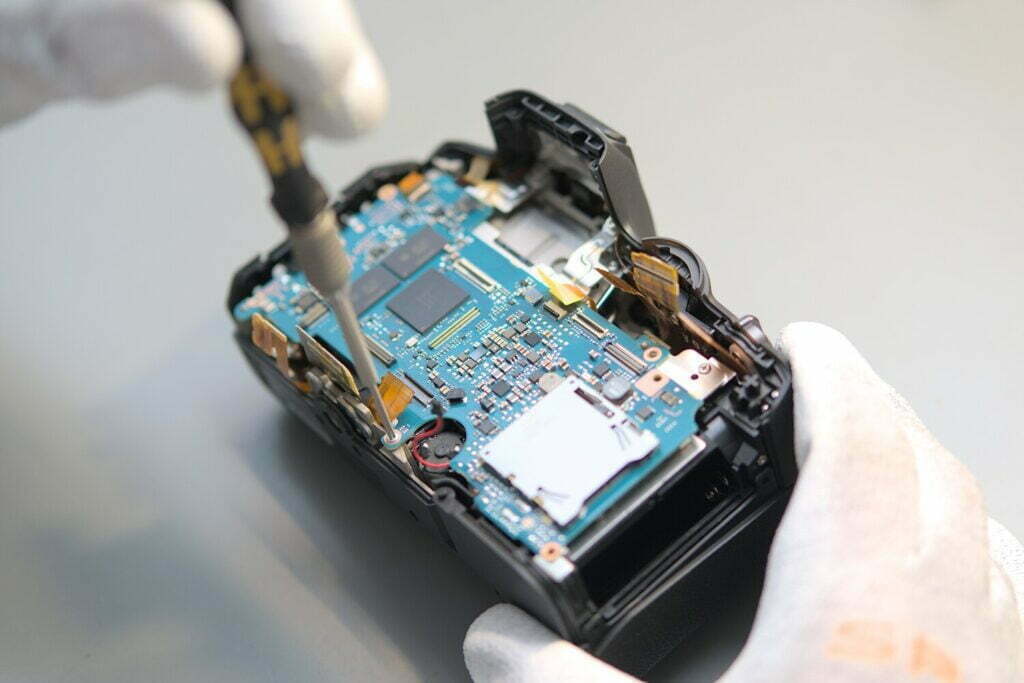
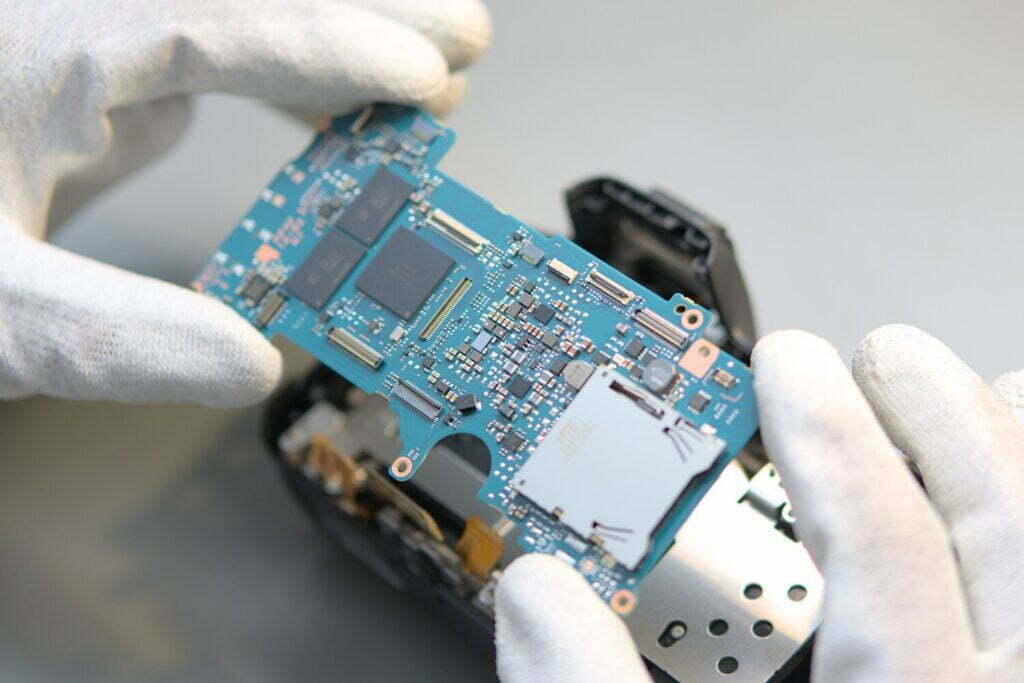
The most striking components on the mainboard are probably the double SD card slots (one on each side). Another nice feature is the easily replaceable battery for powering the internal clock.
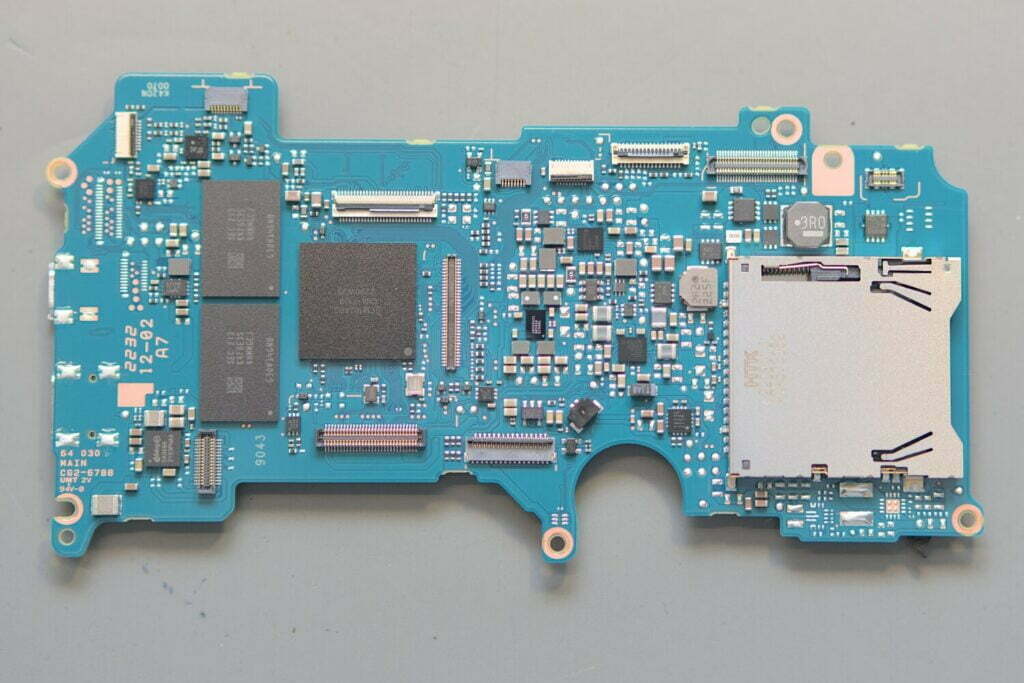
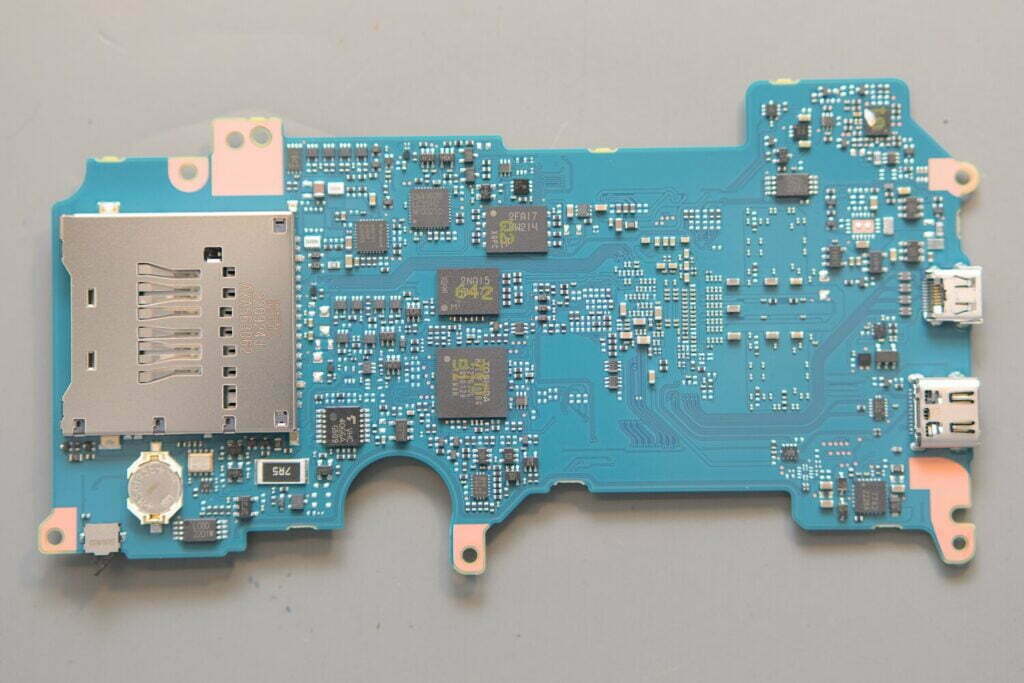
In order to reach the sensor, an intermediate metal frame must be removed and the upper part of the camera housing must be lifted to access the screws.
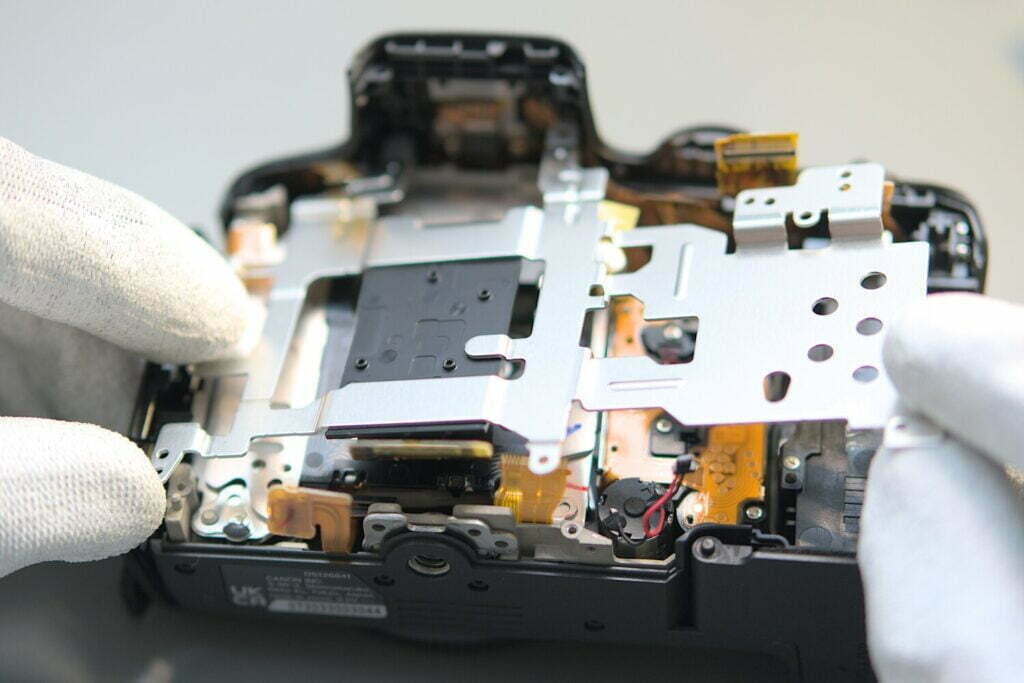
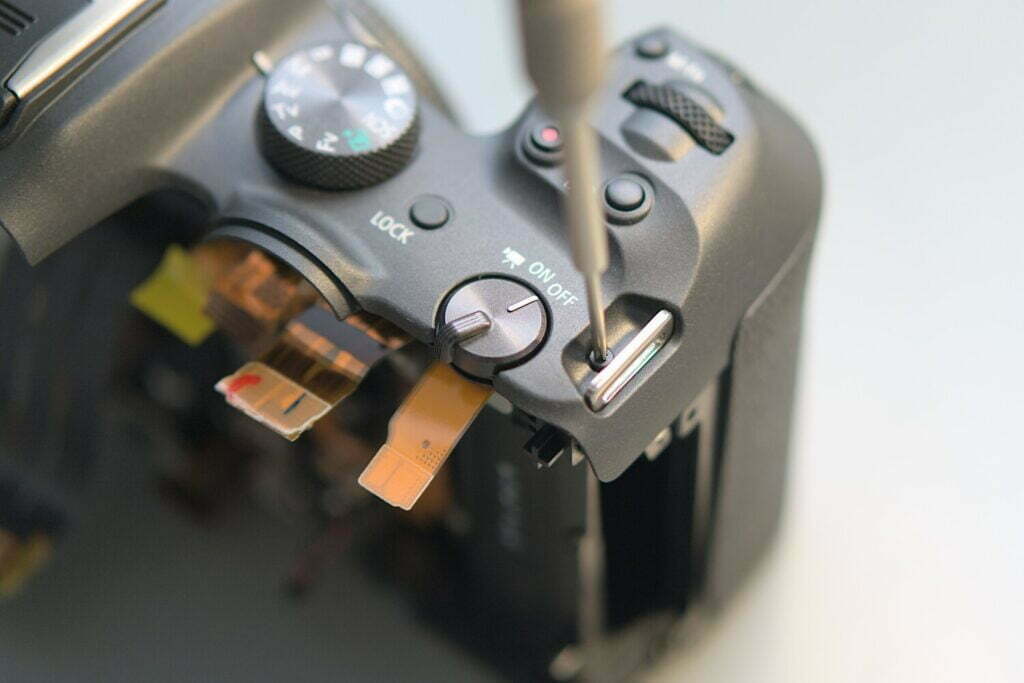
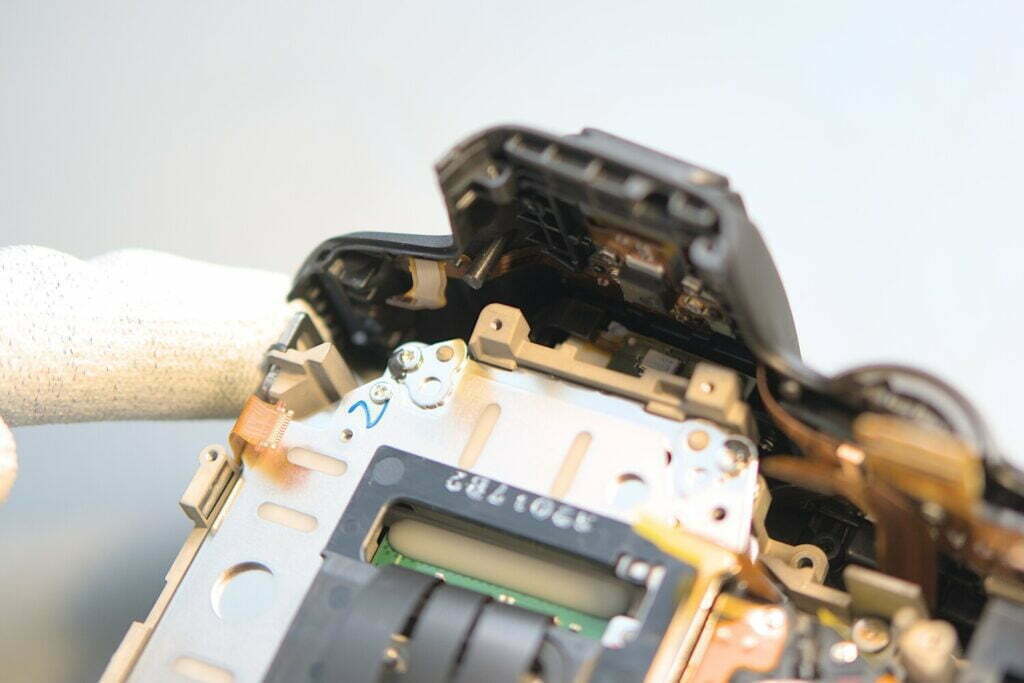
The sensor module is attached to the camera chassis with 3 screws. After these screws have been removed, the complete sensor IBIS module can easily be taken out.
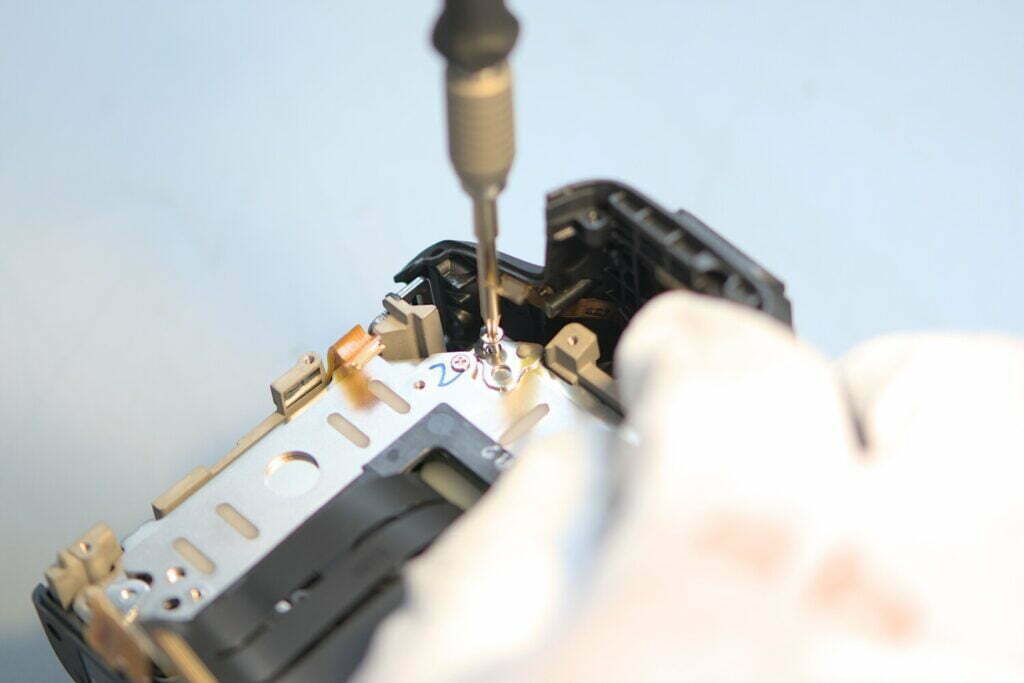
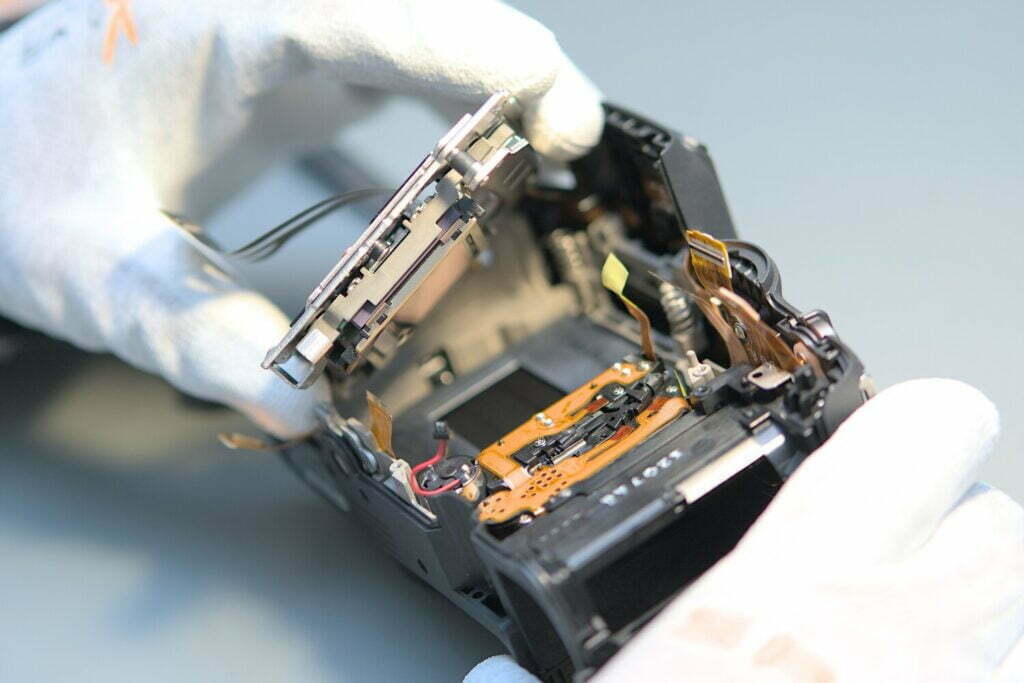
On the module, a thick frame can be seen on the top and right side. Here, perma-magnets and small copper coils (electromagnets) are integrated, which can control the position and movement of the sensor with extreme speed and precision. These electromagnetic IBIS constructions have been used for years and can be found, in slightly different designs, in practically all modern cameras with sensor stabilisation.
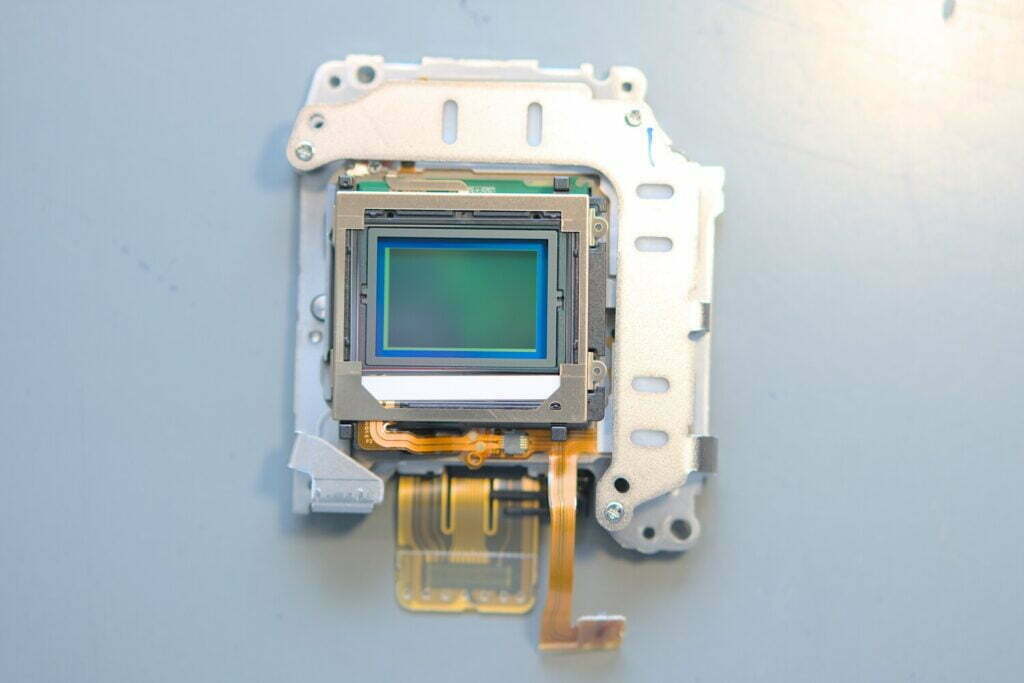
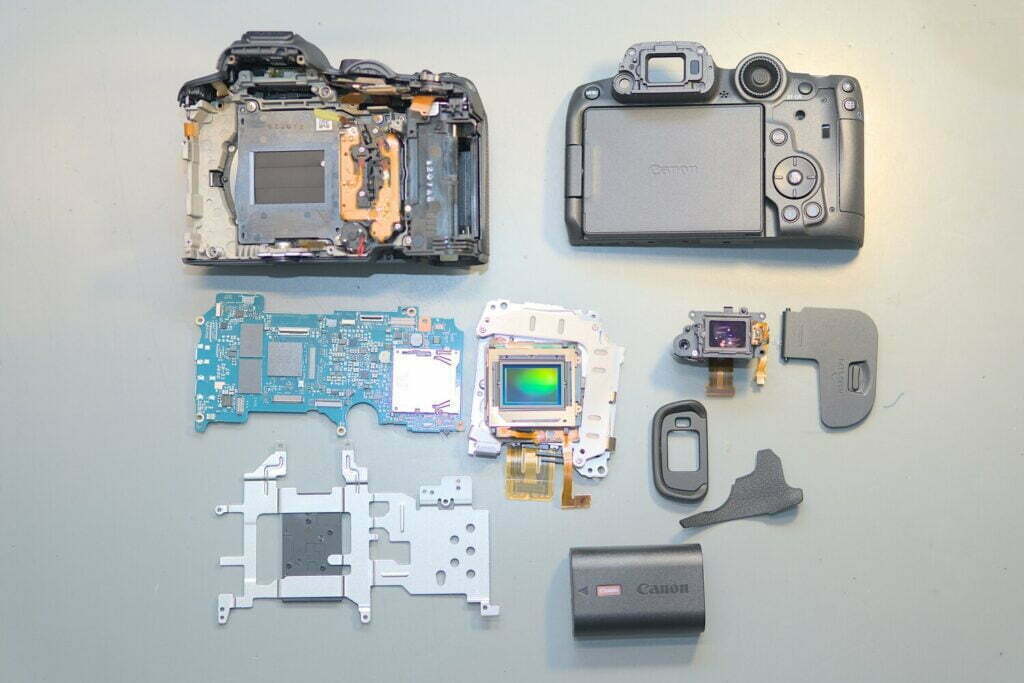
Certainly, one could disassemble and look at other things on the camera. But since the goal at this point is a full spectrum infrared conversion, we stop at the sensor. After replacing the blocking filter with a 280 nm full spectrum filter, there are 2 filter glasses left. The blocking filter is cyan coloured and prevents infrared light from falling on the sensor. But the somewhat larger dust filter must also be removed, as with almost all Canon cameras. It has an IR-blocking AR coating and would seriously limit its usefulness as an IR camera. The small white bar on the dust filter is the piezoelectric element responsible for ultrasonic dust cleaning. The automatic sensor cleaning is therefore unfortunately lost with an infrared conversion.
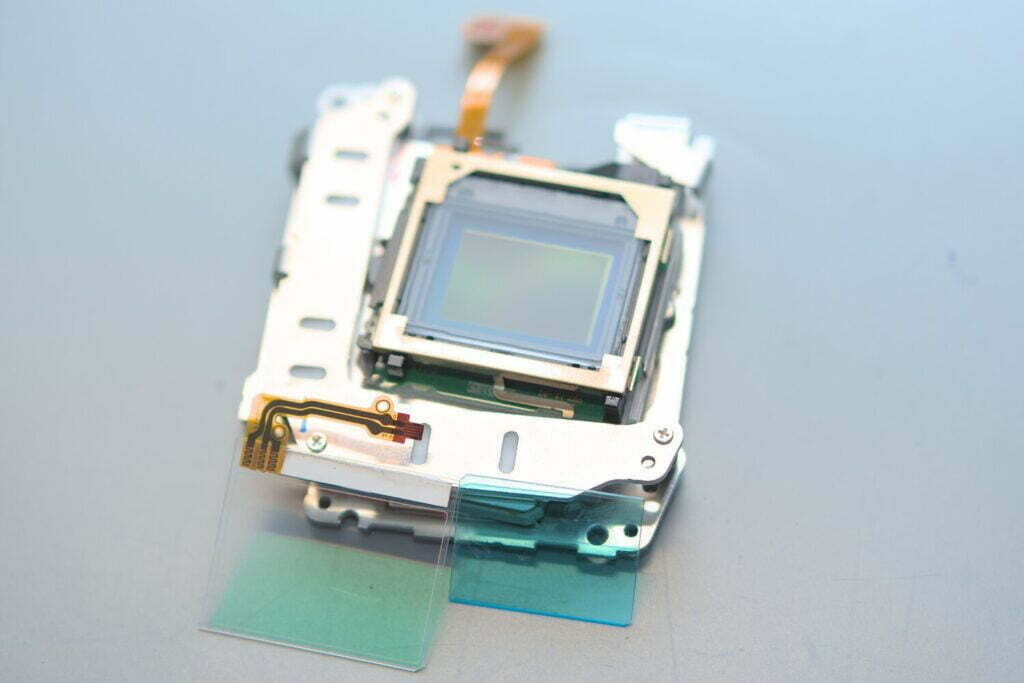

Now that the sensor has been converted, everything can be put back together and we come to the exciting part. How does the Canon R7 hold up now in Infrared Photography?
Internal Infrared LED
Some modern cameras have an internal infrared LED. Stray light from this LED can become visible on infrared images in poor lighting conditions. Fortunately, a test shot shows that the camera does not have an internal LED. The image is completely black after 30 s at ISO 25,600 (apart from a few hot pixels and the expected noise).
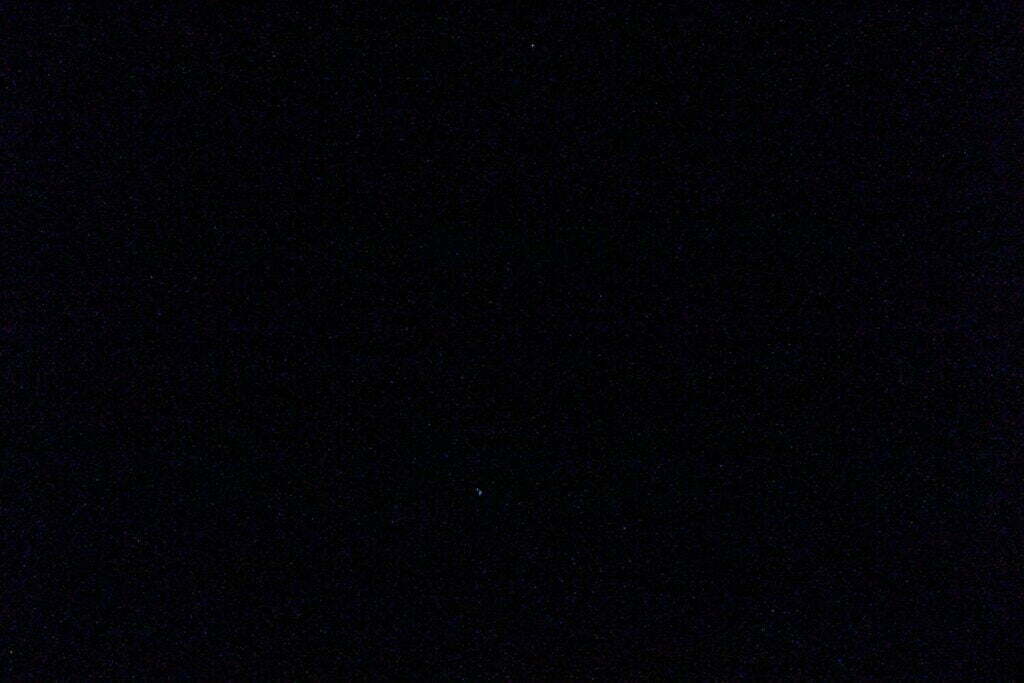
At this point, however, I would like to issue another warning about the Canon R lenses. Many of the new lenses have an internal infrared LED whose stray light can cause the same problems as an LED in the camera body. Especially for night shots or long exposures, the older EF or EF-S lenses with an adapter are recommended for EOS R cameras.
Infrared Test Shots
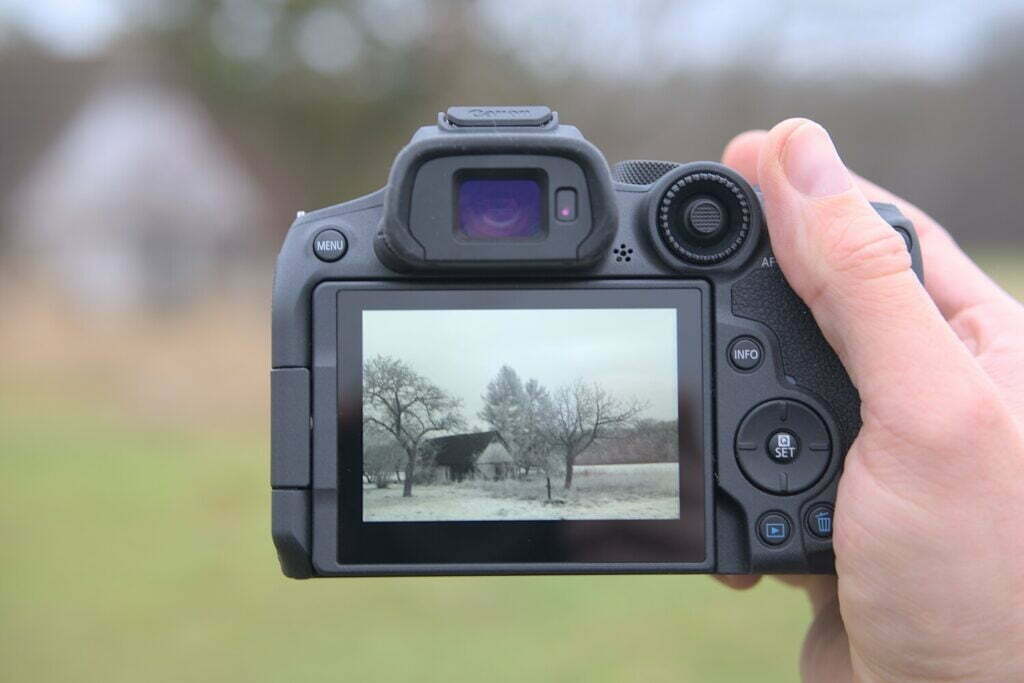
Of course, the camera was also tested with all available infrared filters. As with all Canon cameras, the internal white balance of the EOS R7 works perfectly. Thanks to the mirrorless design, there are also no problems with metering and the autofocus system. Here are a few sample images (even though the season is really not the best for Infrared):
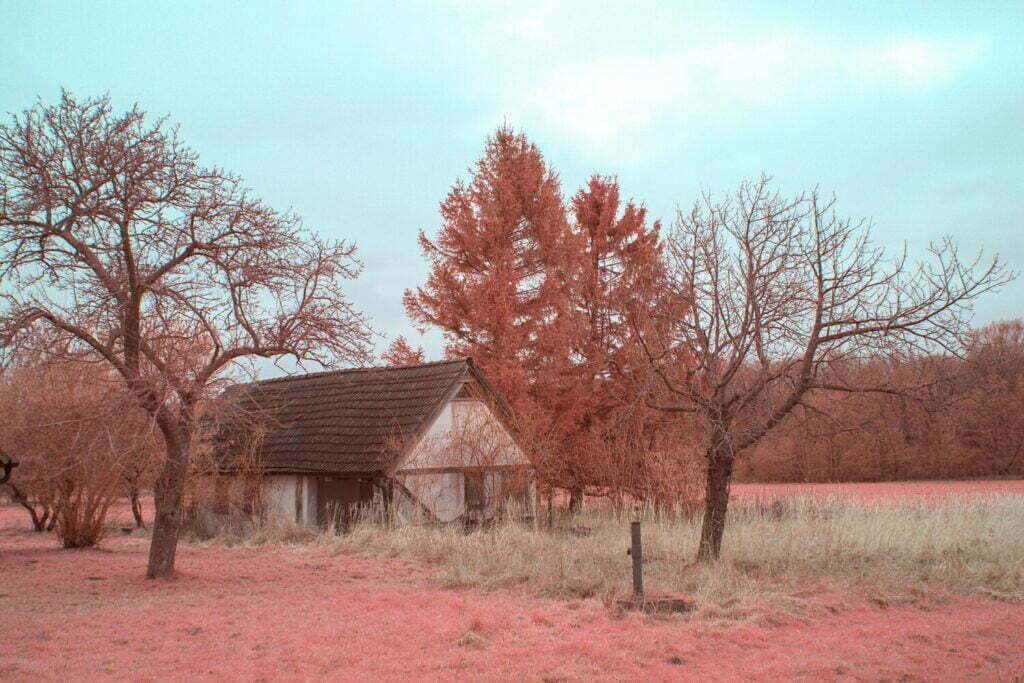
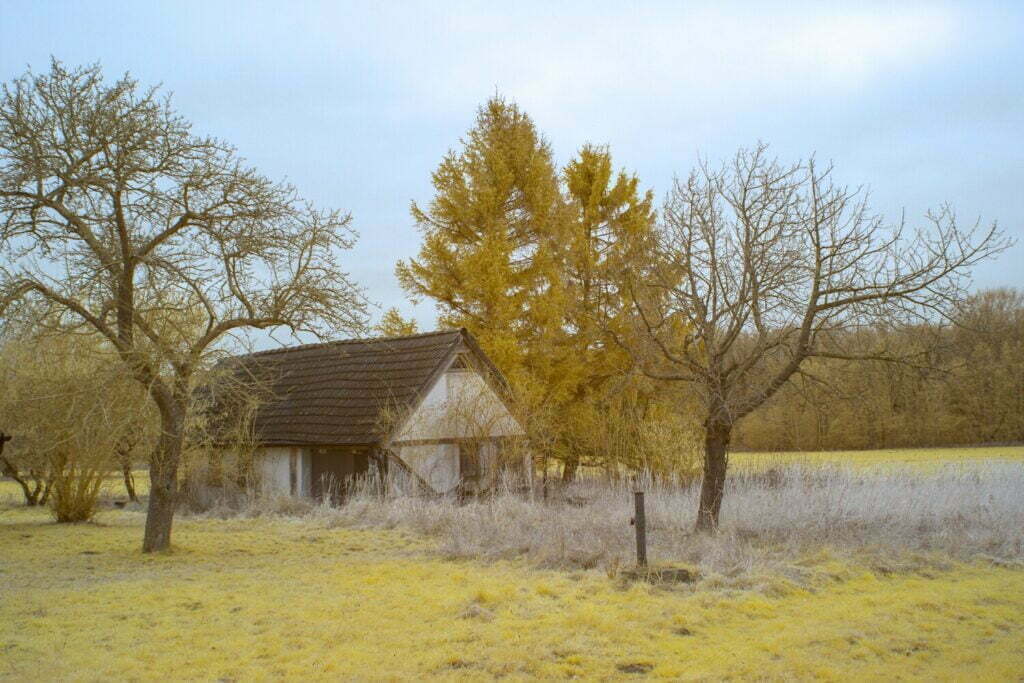

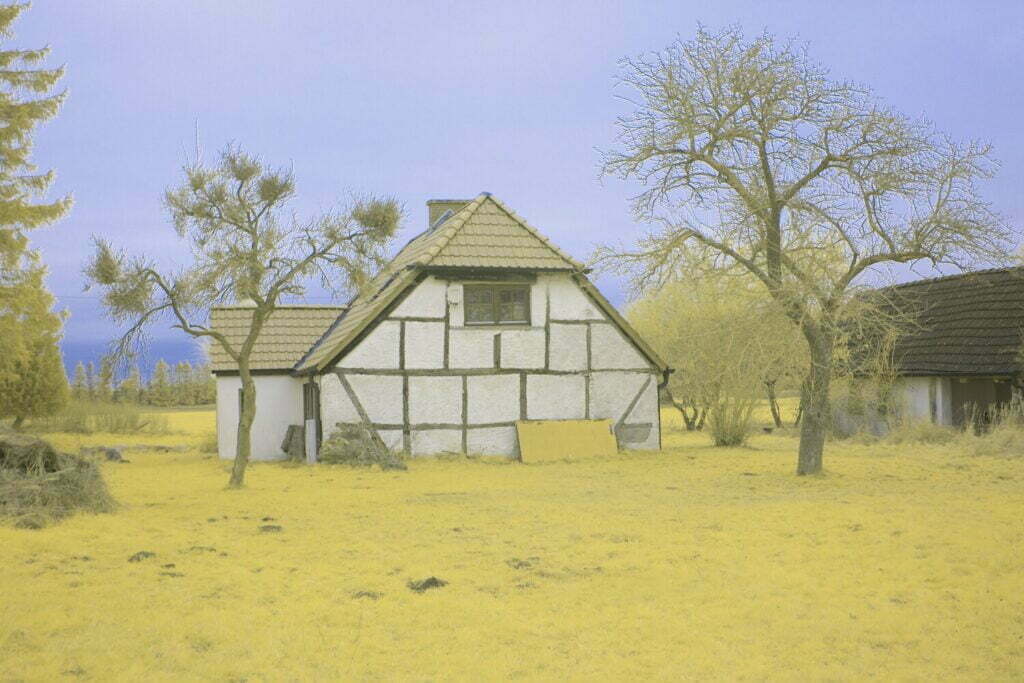
Speaking of autofocus, how do the phase AF pixels behave? With some cameras, horizontal lines can form that are only 1-2 pixels wide. These lines are rather faint and usually only show up when the image is processed with very high contrast. With the Contrast and Local Contrast sliders set practically to their maximum, no such artifacts can be detected in the images. Here is a test photo of an overcast sky and a 100 % crop (the relatively strong noise is caused by the strong contrast increase):

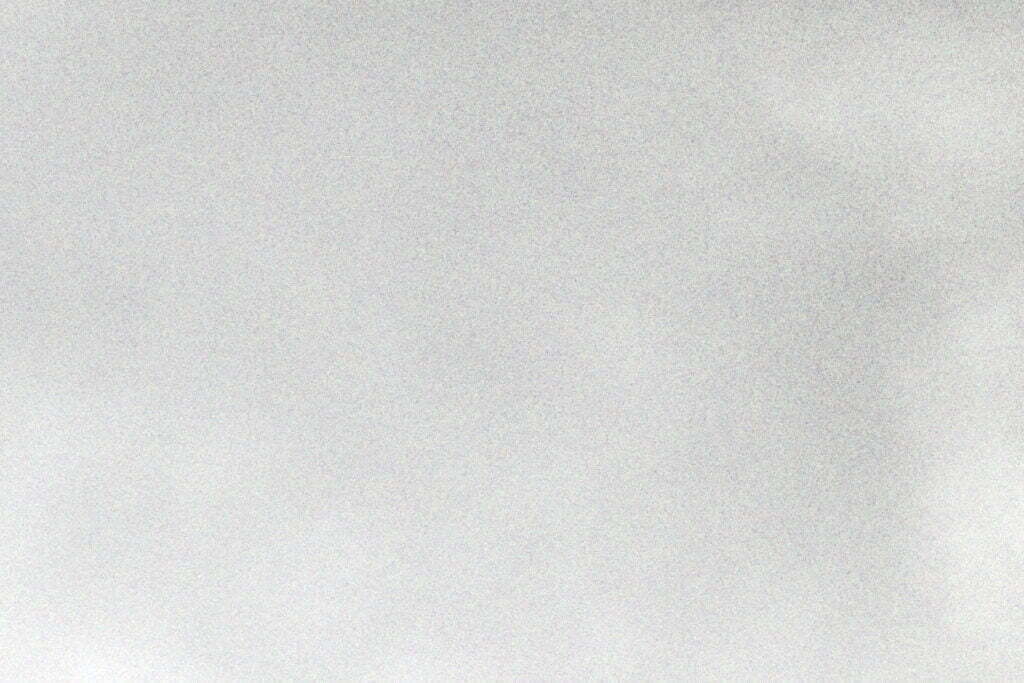
Summary
The Canon EOS R7 is a very powerful camera with many features. A look inside the camera reveals state-of-the-art technology and a relatively simple and straightforward design. The camera passed all infrared-specific tests after the conversion with flying colours and clearly deserves a recommendation both as a Infrared Camera as well as a Astro Camera. The EOS R lenses are the only ones you have to watch out for if you want to take long exposures or night shots, because of the built-in infrared LEDs.
